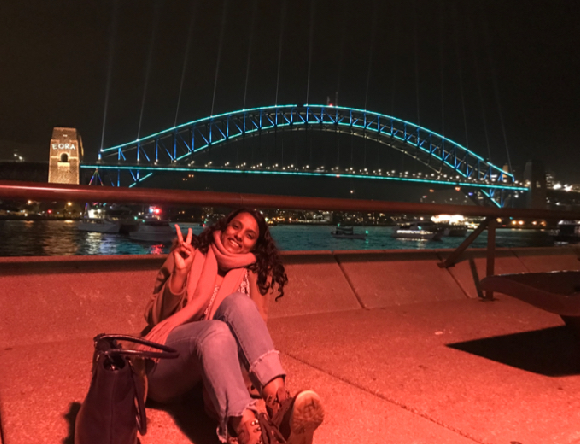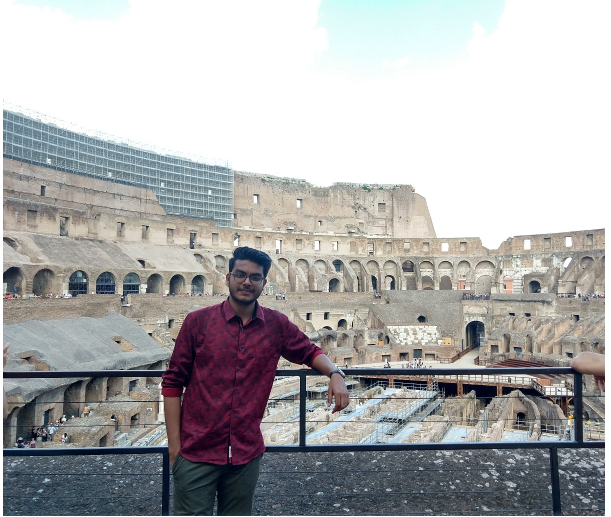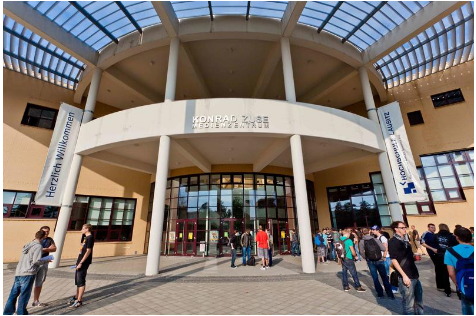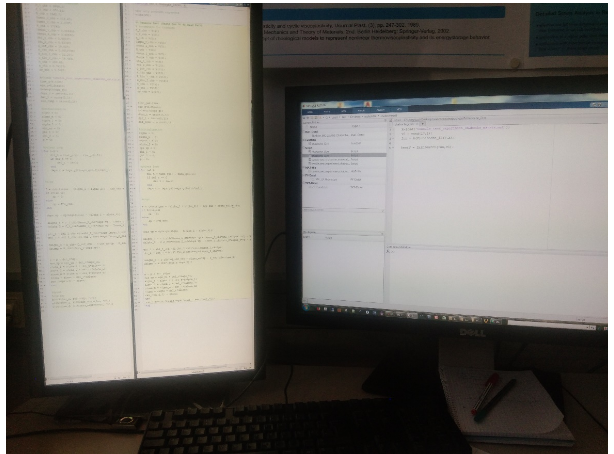

Body of IITR

The internship season starts with the advent of autumn semester accompanying a stressful atmosphere. But as this went on, it became smooth, fun and a great learning experience for me. So, here’s a journey of me landing myself a research internship and the knowledge gained during this period. Making it there:
As my third year started, I was quite sure that work in the mechanical core sector is what I would love to do during my internship. But still, I wasn’t quite sure as to which amongst a core industry and a research internship to go forward with. I had some experience of a research intern due to one performed after my second year and also knew a bit about the core industries through various seniors. Having secured a decent CGPA and some research experience, I decided to try for both the fields. The first to come up was ITC, followed by BAJAJ, and I applied for both only to be rejected later. In ITC, I couldn’t make it to the interview round, but for BAJAJ, I got to the interview stage but wasn’t selected. During this time, I was also looking for a research internship abroad. There are various research internship programs available most of which offer scholarship like DAAD-WISE, MITACS, NTU-India connect, SN Bose, etc. The number of such programs is increasing year by year, and we get notified about these by the international relation cell of IITR. But, the essential source of me knowing about these programs was my seniors. I applied for DAAD-WISE, MITACS, NTU-India connect and was selected for the DAAD-WISE scholarship. MITACS offers a wide range of projects running in various Canadian institutes. From there, you need to select seven projects in order of priority along with your curriculum vitae (CV), transcripts, and Statement of Purpose (SOP). The professor you choose and your SOP are the significant factors on which your selection is dependent. DAAD-WISE program targets undergraduate (pre-final year) students who aim to do a research internship at a publicly-funded German higher education institution or a research institute. For applying, you need to have an offer letter from a German institute, which is the most time-consuming part of the application process. So, starting to mail the professors early may provide you a better opportunity. Your mail consists of a cover letter along with your CV, both of which should be appealing and depict your true potential. Your cover letter should be written explicitly according to the research interests of the professor, which shows that you have a decent idea about their work and requirements. Also, while preparing your CV, keep in mind to lay more focus on the academic aspects with a clear picture of the research you have performed. Your areas of interest should be per the professor’s requirements. The most important factor during this phase is to remain patient. There would be several instances when your mails are not even read but never lose patience until the end. Although a CGPA requirement of 8.5 is required for application, after analysing the previous results, students below a CGPA of 9 have very less chances of getting through. A mistake that I committed during my application was me directly mailing to the professors. The professors usually are very busy to reply to your mails so, prefer sending mail to their lab assistants or PhDs. Nearly after 15 mails, I got two positive and four negative replies. So, at last, I was able to get a WISE scholarship for my research at Brandenburg Technical University.

Brandenburg Technical University is a renowned technical university (especially for its mechanical engineering) in the Brandenburg state with two campuses in Cottbus and Senftenberg. My lab, i.e., engineering mechanics and machine dynamics, is located on the Senftenberg campus. My research project comprised of both experimental and theoretical portions. Initially certain tensile, cyclic tests were performed on polymers at variable environmental conditions. Then a theoretical study on the behaviour of viscoplastic materials was done, and a material model was developed in MATLAB for a 1D response. The results obtained from the experiments were compared with those derived from the MATLAB model. In the end, I was expected to develop a 3D viscoplastic material model that correctly depicts the behaviour of polymers, and I was lucky enough to complete the task within the time boundation. I was grateful that the work was exciting and had proper help in case of a problem. The job was not very demanding but required sincerity and patience. During this, I learnt a great deal of MATLAB along with obtaining a lot of information about viscoplastic materials and how they are becoming the next big thing in mechanics. Experimental work made me well versed with UTM machine and infrared camera used for catching the temperature variations during testing. One thing that I observed was the great deal of professionalism and sincerity that people in Germany possess. Despite this, people were also accommodating and caring. I usually reported my progress to one of the PhDs (assigned to me by the professor) and sometimes, the professor. The professor usually visited the lab once a week and discussed about the project and the other stuff as well, which was very comforting. There were no fixed working hours, but I usually remained in the lab from 10 am to 5 pm. Also, it was a five day week, so I could easily go on trips on weekends, which I most others were doing in Senftenberg. I used to have lunch with the other lab members in which the professor also joined us sometimes. This helped me in adjusting better and also increased the joy of living and working in Germany.

Senftenberg is a town in southern Brandenburg, Germany, capital of the Oberspreewald-Lausitz district. It was located in the eastern part of Germany which is considered as the not-so prosperous part of Germany. It does not have a huge population or many big buildings, but its beauty lies in the natural environment, which makes it quite and calm. I resided in a student dormitory, which was close to the university and some of the supermarkets, making life very comfortable. Initially, in May, it was quite cold out here but became warmer in June, making it a familiar condition.
The best part of being in Europe was having a Schengen visa and getting to visit almost every European country. This was supported by an excellent public transport system which helped me to explore not only Germany and other countries as well. I saw various aspects of life during this— best represented by the Berlin wall separating two sides. They are named the same but have substantial differences in culture and standard of living. I was able to visit Hungary, Amsterdam, and Italy, with each country having a distinct flavour and culture. But one thing was the same everywhere, the people and their helpfulness. Travelling made me much more confident and somewhat improved my decision making.
This internship was one of the best experiences of my life and added much to my personality. Living on your own for three months makes you more independent and maybe more efficient. At last, I want to say if you are willing to get yourself a research internship or even want to try research, this is your best possible chance. So, put in all your effort in preparing your cover letters, CVs, and SOPs. Also, CGPA does matter, so always try to maintain a decent CGPA. And luckily, if you get a research internship, still maintain a proper balance between work and leisure. This may provide a good recommendation, further helping in strengthening your CV and getting an MS or Ph.D. opportunity.